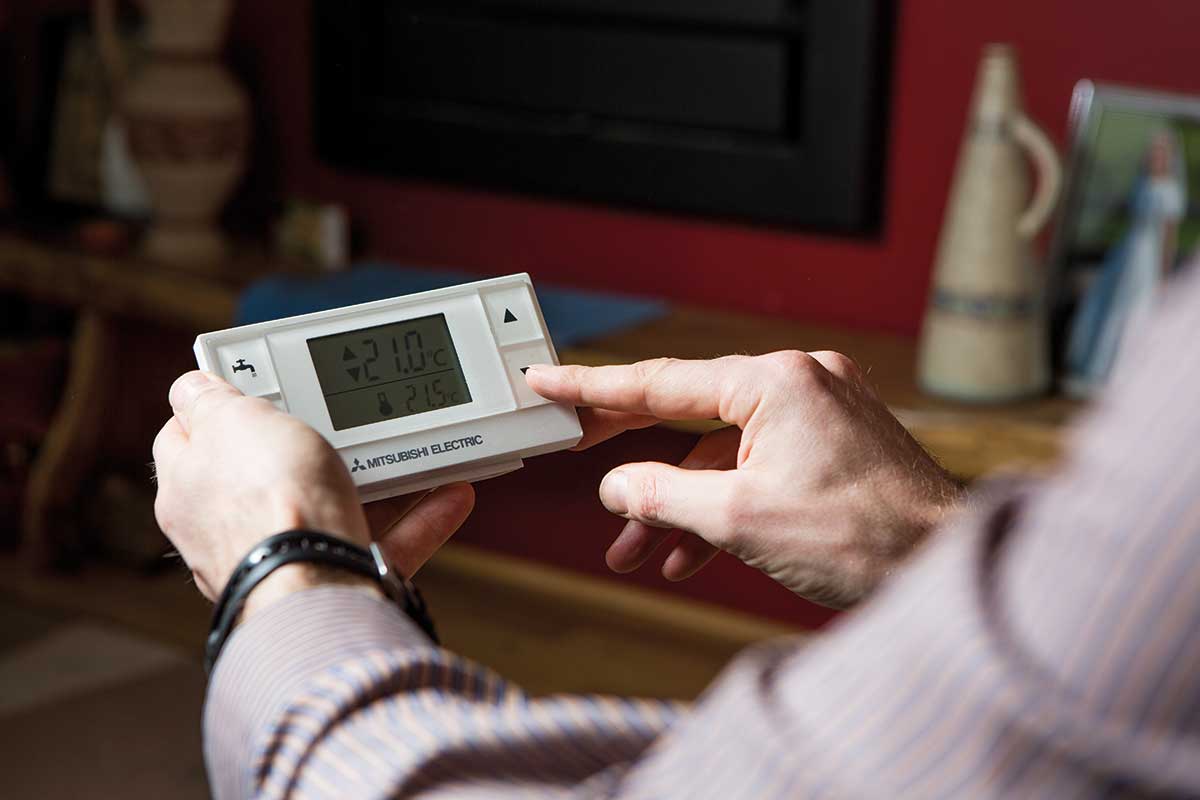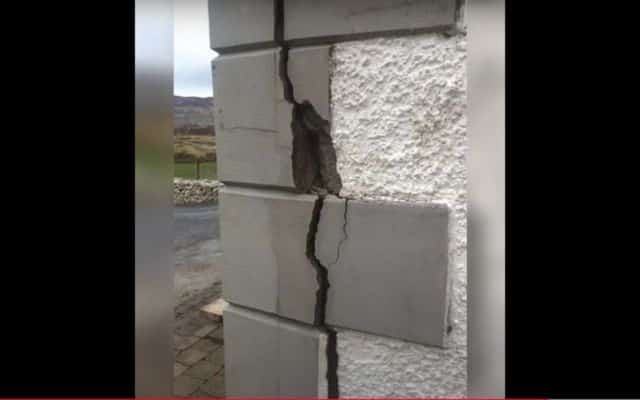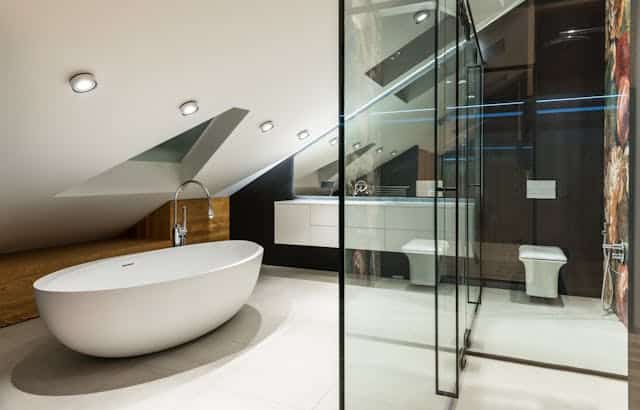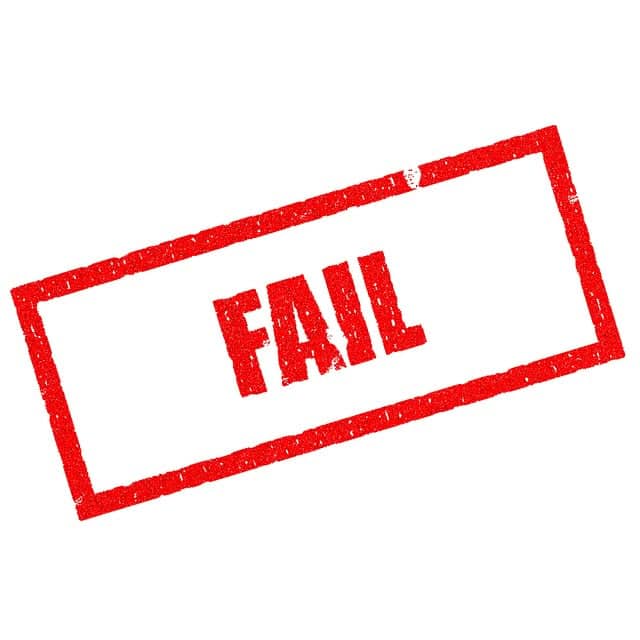The Sustainable Energy Authority of Ireland (SEAI) has removed the requirement for a house to be built before 2006 to qualify for a Deep Retrofit grant. Grant amounts have also been increased to help with consultancy fees, meaning homeowners now only have to pay roughly 40 per cent of the total cost.
The grant is at a pilot phase but is open to existing Irish homes that don’t have an
A-rated Building Energy Rating as long as the building work results in an uplift of at least 150 kWh/sqm/yr so this means your house needs to be rated at least a C2 to qualify (and in that case be uplifted to an A1 rating or an energy positive home).
Currently three quarters of ROI homes that have a BER are rated C2 or worse. There are a total of
1.7 million occupied homes in ROI and
roughly 750,000 homes have a BER rating.The Deep Retrofit grant can fund 50 per cent of the building cost of bringing your home up to an
A3 on the Building Energy Rating scale, SEAI’s Conor Hanniffy told
delegates at this year’s Deep Retrofit Conference (14th June 2018).An additional 5 per cent of the total project cost, including all professional and related fees, is available for project management delivery plus another 2 per cent of the total project cost for BER and consultancy to support upstream design to ensure a minimum A3 is achieved.The grant now also offers an additional 1 per cent of the total project cost if you achieve an airtightness result of 3m3/sqm/hr — the current requirement for new builds is 7m3/sqm/hr. It is mandatory to install mechanical ventilation and preworks airtightness plans must be in place to ensure comfort and air quality in the home.In total this is roughly the equivalent of a 60 per cent subsidy on building costs. The cost of a deep retrofit for a pre-2006 home can be as high as €65,000 to reach an A2 but the SEAI says these figures can be misleading because each house type is different, albeit acknowledging that for houses with no insulation the figure can be higher.The agency is in fact working on costed case studies to give each building type an indication of how much it might cost to deep retrofit.To help tackle this cash flow issue, milestone payments are also now being made available. While stage payment have always been available since the scheme opened, what was introduced in February was a further split in the payments (it was originally a single 50 per cent payment at 50 per cent completion).“The only thing we have done is changed from three payments to four,” the SEAI’s Tom Halpin explains. The payments process in operation today is:
- First 25 per cent payment on 25 per cent completion
- Second payment of a further 25 per cent at 50 per cent completion
- Third a 40 per cent payment when the works are fully completed
- A fourth final payment of 10 per cent one year after works after satisfactory acquisition of the first of three year’s post occupancy monitoring data.
The SEAI tells Selfbuild costs can vary significantly depending upon the different house archetypes and starting points on the building energy rating. The €65,000 figure quotes at the conference for a particular project can vary significantly from home to home and “cannot be taken by any means as an average”.Even homes side by side that one might think are the same may differ significantly as each home has a history of retrofit which can vary and influence in the technical solution and associated cost.“We haven’t rejected any applications to date,” Conor Hanniffy told Selfbuild. “Some homeowners have however dropped out due to cost or may have decided to complete the works at a later stage but are better informed now of the cost and technical solution to upgrade their home to an A rating.”To qualify you need to group your application with four other homes (five homes need to be upgraded at the same time) and present a professionally detailed design and building plan to the SEAI.Hanniffy said that the SEAI has a list of contractors whom the agency knows are participating in deep retrofit projects or expressing an interest in the space. All projects are approved on their individual merits.“Individual homeowners wishing to partake can call SEAI to get list of emerging deep retrofit contractors in their area. Each of these contractors are likely to already have other homeowners on their list, they just need five to get the ball rolling.”The list of contractors is not currently published but Hanniffy said they agency was considering making it public.At the moment the process, he says, is for the contractor’s design team to put together the plan of what needs to be done and of what quality assurance measures will be put into place.“This supports the formation of deep retrofit service providers in market capable of supporting private home owners,” added Hanniffy. “SEAI supports service providers establishing in the market in clarifying pilot programme requirements and advice towards application stage.”The SEAI scrutinises the plans to ensure they fall within the parameters set out by the pilot scheme and the SEAI checks the airtightness and building energy rating results of each of the homes independently.According to Waterford Insulation, a pre-approved contractor, typical measures would include 150mm external wall insulation or cavity wall insulation with 100mm external wall insulation, 400mm roof space insulation, triple glazing, composite doors, an air-to-water heat pump (fossil fuels are not eligible for funding under the scheme and cannot be included in the proposal), solar photovoltaic panels (1.2 to 2.4 kWpeak), demand control ventilation, drylining to slopes/wallplate for a 0.16 to 0.20 W/sqmK U-value and a wood burning stove.The pilot scheme was launched last year and will run to the end of 2019; in November 2017 43 homes were in the process of getting a deep retrofit as compared to 167 homes in June 2018. In total there are 200 valid applications on the roster and the pace is increasing every week, with individual homeowners (as opposed to housing associations) showing particular interest.











